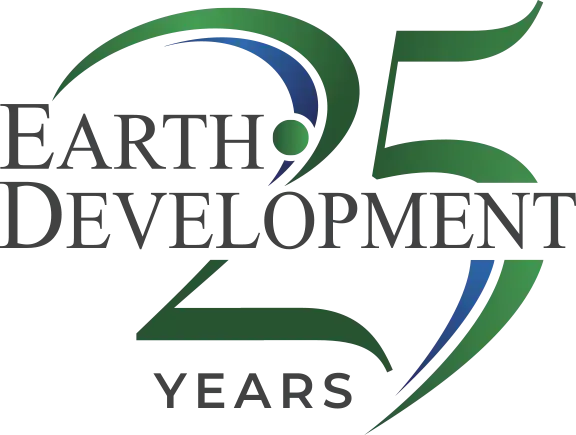Planning landscape renovation you should take into account that different landscaping projects need different materials. Picking the right dirt can mean the difference between a beautiful landscape or a blown budget and a flood zone. When diving into a new landscaping project, choosing which material to use may seem daunting and trivial. Between fill dirt, topsoil, sand, gravel, and backfill, you might be thinking, “How can I choose?”, and “What’s the difference?” I mean, you’re just filling a hole, right?
There’s a lot to think about when deciding between fill dirt vs topsoil, sand, gravel, and backfill. Let’s break down these different “dirts” before we get into which one is the right choice for you and your project.
Fill Dirt
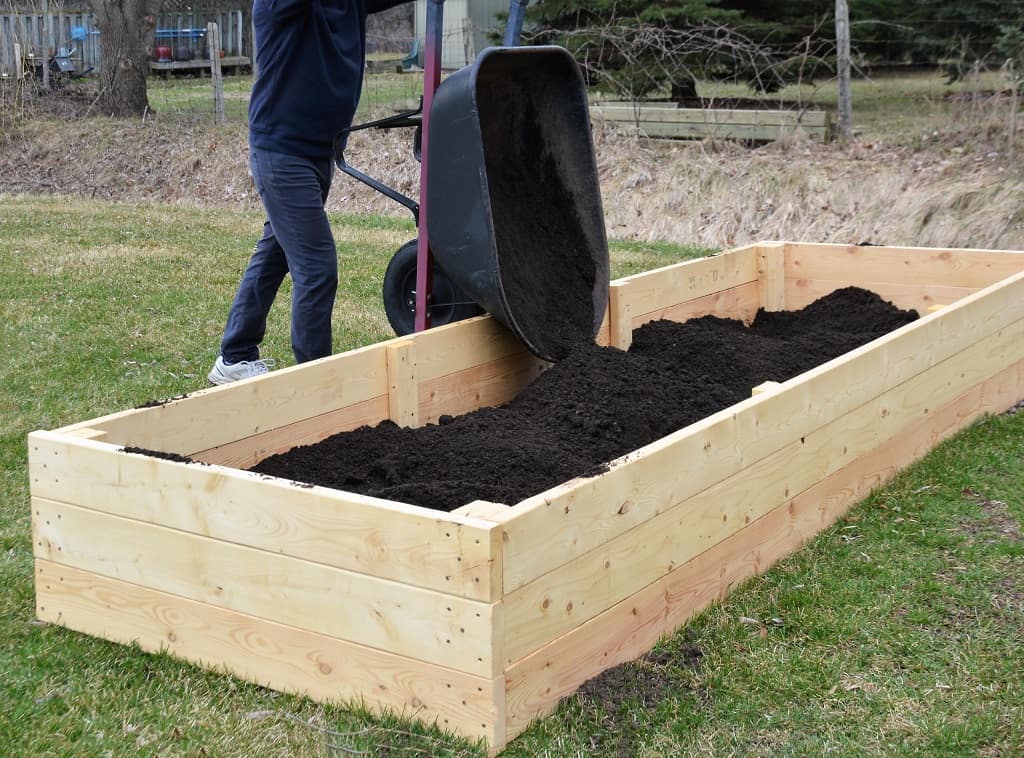
So, what is fill dirt? Fill Dirt is the soil usually found underneath the topsoil. It lacks soil organic material, which means that it may contain sand, rocks, stones, and earth. It is usually used to fill holes in the ground or to change the elevation of the property. Fill Dirt, or “Fill”, is great in that it supplies a sturdy base for any construction.
Unfortunately, the costs of Fill Dirt are rising, since many of its resources have been depleted. It currently costs between $8-15 per cubic yard. Although Fill Dirt is mainly used for larger construction projects, it can have great uses in landscape projects as well.
Some ideal projects are:
- Raising planting beds;
- Leveling off the land;
- Building up the ground around foundations to fix water drainage problems;
- Securing ground around retaining walls.
Common Uses of Fill Dirt
There are some ways fill dirt can be used in a project, but it’s most often utilized in construction projects. Fill dirt is commonly found on a construction site as it can be tightly compacted to serve as a stable base at these locations. With this in mind, fill dirt is used often for foundational purposes, including for houses, above-ground pools, highways, and driveways. In particular, fill dirt can be useful in a low-lying construction site to help prevent flooding. And as if that weren’t enough, it can also be used to change the appearance of the terrain, creating dips or hills to suit your design.
Topsoil
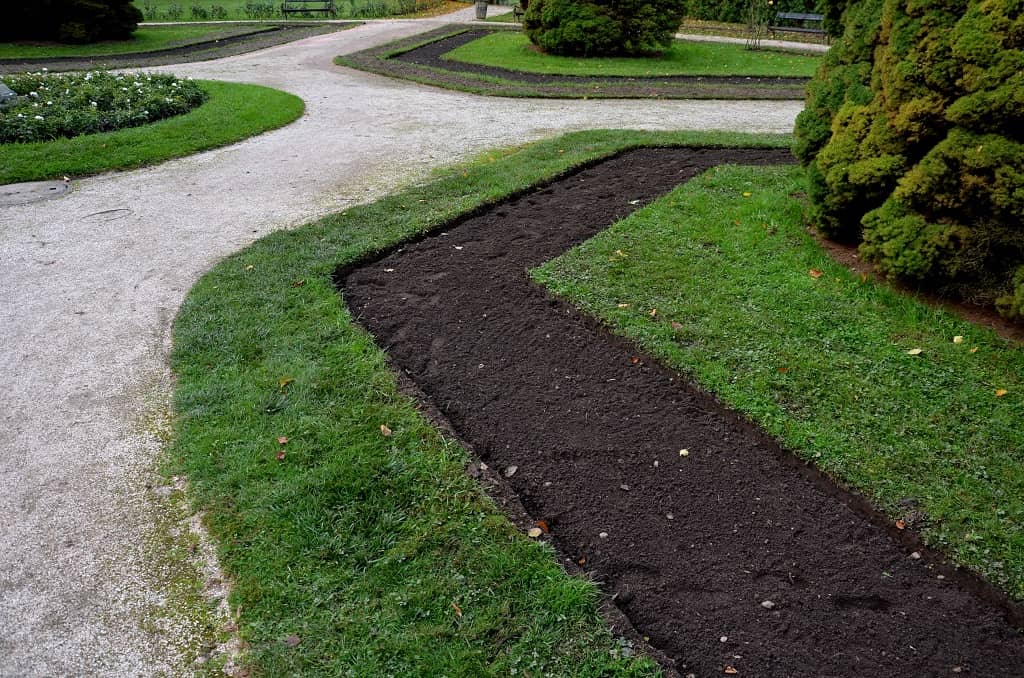
Topsoil is the uppermost layer of soil (literally the topsoil). It is where most of the Earth’s biological soil activity involving microorganisms occurs. It is darker in color because it is made up of minerals, organic matter, water, and air. The more organic matter the Topsoil has, the stronger the soil structure of it is and the more ideal it is for plant growth.
Topsoil should be used for flower beds or vegetable gardens. The only downside to Topsoil is that erosion can occur, which means that the soil is blown or washed away, ruining anything that was growing from it. When thinking about fill dirt vs topsoil, Topsoil can be a little pricier, ranging from $12-50 per cubic yard.
Common Uses of Topsoil
The uses for topsoil are numerous. Some common ways to utilize this material include:
- For Low Points: If you notice low spots throughout your yard that are more challenging to mow or areas that flood when it rains or snows, you have low points that topsoil can help with. Topsoil can be used to fill this area, helping the new grass to grow with fewer dips for a smoother, even landscape;
- Shaping Landscapes: In the same way, topsoil can fill low points, it can additionally add volume to your yard, adding levels of terrain for a more diverse landscape. With this idea, topsoil can be used to build particular areas up for a more dimensional landscape;
- Growing Your Lawn: One of the most common uses of topsoil is in gardening. Since it contains nutrients, it can help plants thrive, boosting growth for more luscious. finish;
- Boost Drainage: Topsoil can also be used in your yard to help with any drainage issues. If you have areas in your lawn that hold water, add topsoil to help release it.
Potting Soil
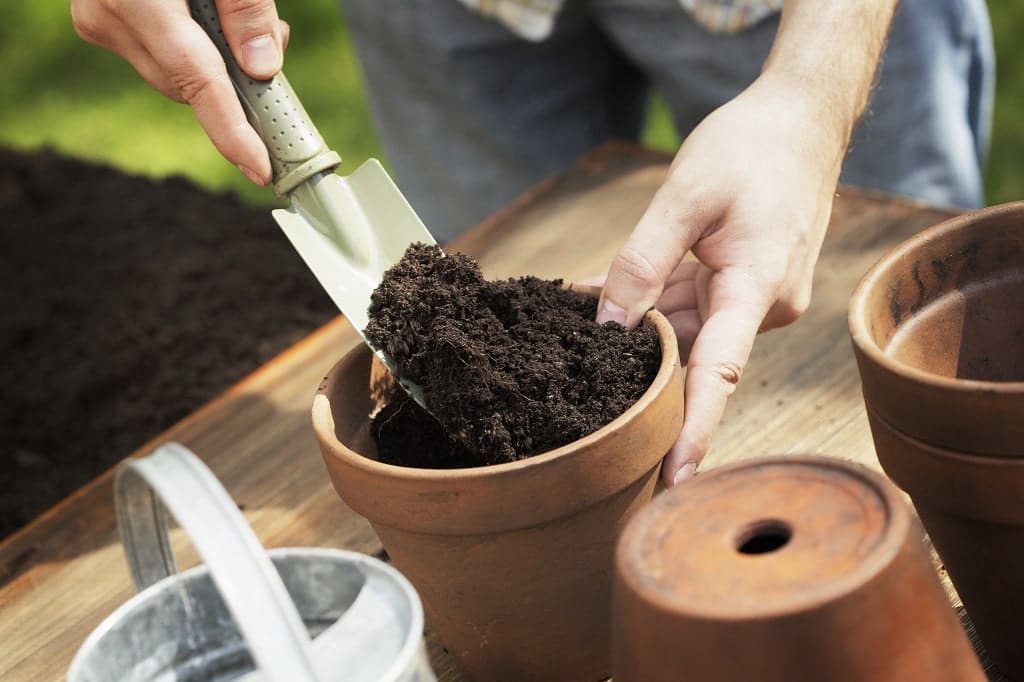
There is often some confusion between topsoil and potting soil since they are both used for planting. They are very different. Potting soil for use in pots or planters means it needs to drain well and stay aerated. It typically consists of sphagnum moss and ground-up organic material like sawdust or bark.
Potting mix is much more expensive than topsoil. For that reason, if you are working on a bigger project, your best bet is to use enriched topsoil (also called garden soil). This is topsoil that has been blended with organic compost.
Sand
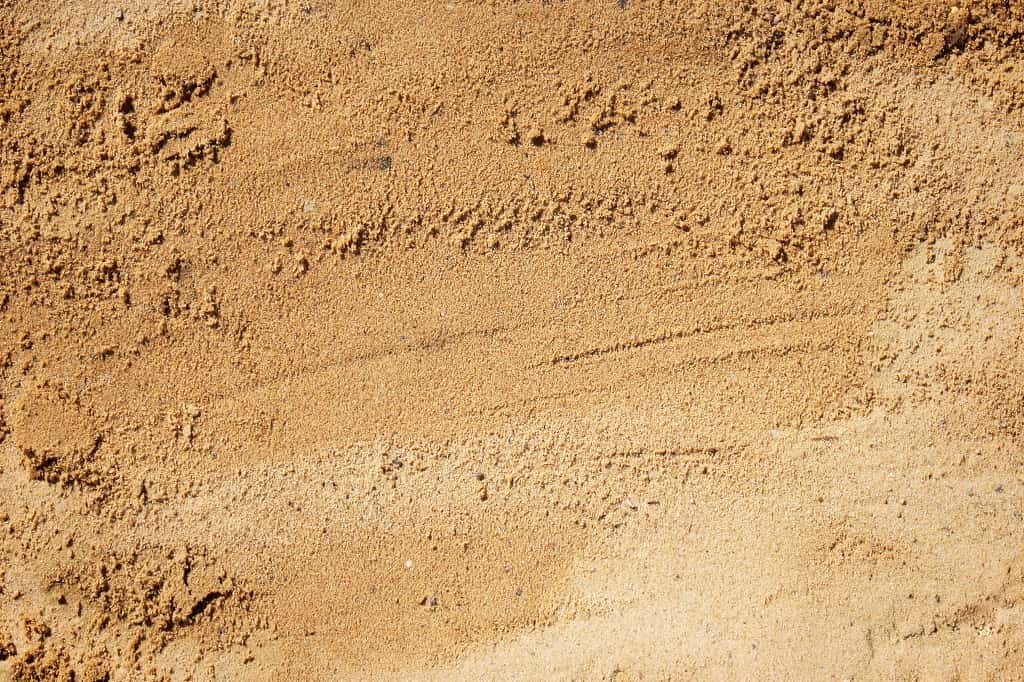
Sand is a granular material made up of very small rock and mineral particles. It can also be put in the category of textural soil, made up almost completely of sand-sized particles. Water tends to pass much more quickly through the sand because the particles are a lot larger than soil, and water and air can get through. It is not as stable as other soils because of these holes.
Sand tends to cost around $15-40 per cubic yard, falling somewhere between topsoil and fill dirt. We all know sand from the beach, but it can also be used for at-home landscaping projects. These include: stabilizing pavers, softening or creating children’s play areas, and creating walkways. Sand, when used in a gravel mixture, can also work for backfill projects.
Common Uses of Sand
Since fill sand doesn’t retain moisture, it is ideal for drainage areas. With a more aesthetic look to it, it can be great to use in areas where it will be exposed without ruining your landscape design. With this in mind, fill sand is commonly utilized around water tanks, ponds, septic tanks, and other wet areas. Additionally, it can be a great base for paving, paths, and concrete.
Gravel

Gravel is a collection of rock fragments, which can range in size, but are larger than sand. Gravel can be created naturally by the erosion of bigger rocks, or it is manufactured. Gravel is used in large construction projects, but it can also be ideal for replacing grass. It requires a lot less maintenance than grass and can look even better. Pea gravel costs about $30-35 per cubic yard, but different-colored gravels can be more expensive.
There are many types of gravel, including glass gravel, lava rock, pea gravel, crushed granite, river rock, slate chips, and more. This variety is great because it can bring your project to the next level, by having your gravel color match the project’s aesthetic. You can also use gravel for backfill projects, as it has excellent drainage qualities.
Some great projects using gravel would be:
- Walkways
- Rock gardens
- Driveways
- Patios
- Planting beds
- Edging
- Stopping the growth of weeds
When to Use Fill Gravel
Fill gravel is one of the more effective materials to serve as mulch for plants. This is because it helps prevent evaporation from the soil surface, keeping plants hydrated. With this in mind, fill gravel is also beneficial for drainage and erosion control, since it allows water to pass through without displacing the gravel itself. Additionally, it weights it that won’t move around as much with the weather conditions, staying in place through the days.
Gavel is both functional and decorative. It can serve as a great patio base, as well as a walkway or driveway in your landscape. However, it isn’t commonly used on construction sites but is instead more of an aesthetic finishing material.
Fill Dirt vs Topsoil, Sand, and Gravel: an Overview
To better understand topsoil vs fill dirt, sand, and gravel, we are breaking down the best uses of each.
So What Is the Right Type for You?
So, are you going with fill dirt, topsoil, or sand? With so many materials to choose from, it’s good to have an expert opinion to assist with the choice, and that’s where our commercial landscaping company comes in.
When planning landscape renovation, choosing the right dirt is one of the most important factors. If you are planning on using your landscaping rock for a driveway or walkway, reach out to the local landscaping professionals, contact us and we will help you to make the right choice. With more than 20 years of serving our Midwestern clients, from Green Bay to Milwaukee and Minneapolis, we are proud to offer our expert landscaping services to boost your lawn in a cinch.
